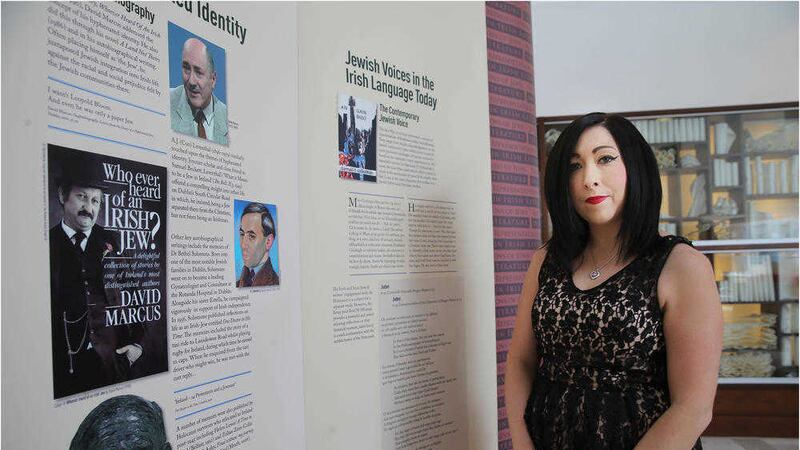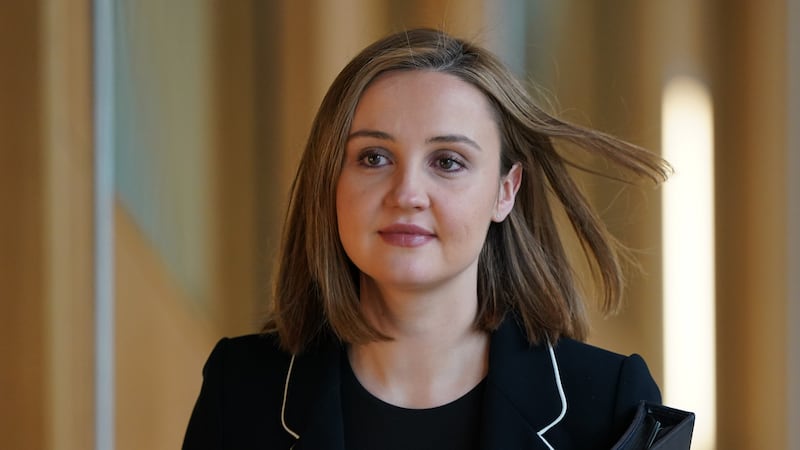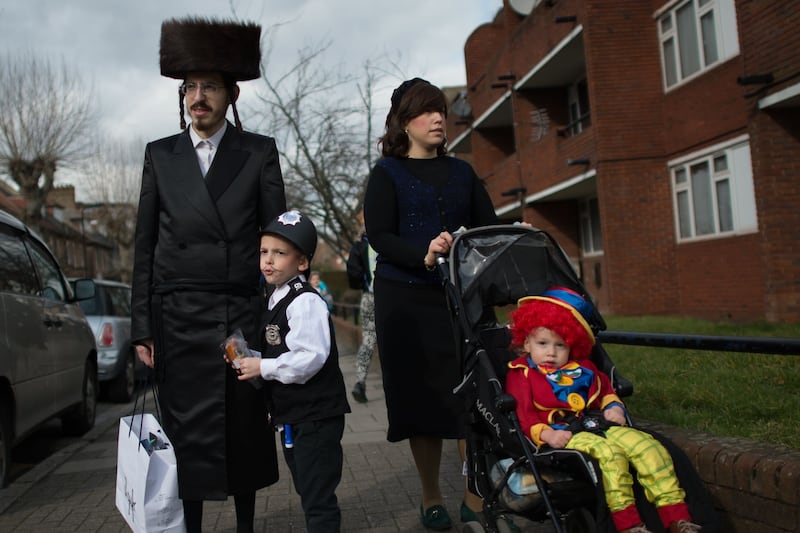THE role and representation of Jews in Ireland is the focus of a new exhibition in Belfast – a city with a once thriving Jewish community that has been in steady decline for decades.
‘Representations of Jews in Irish Literature’ was launched yesterday at the Public Record Office of Northern Ireland and is the culmination of a landmark research project between Ulster University and Galway’s National University of Ireland.
Academics from both institutions, aided by £400,000 funding from the Arts and Humanities Research Council, combed through more than 1,000 pieces of literature to understand how Jews have been portrayed in Irish society as far back as the medieval era.
Members of the faith have infamously from negative stereotypes in literature, with notorious examples in Shakespeare’s plays and in the pages of Chaucer’s Canterbury Tales.
Irish literature was no different, as the exhibition will explore, but alongside the darker portrayals that prompted prejudice, researchers have also uncovered positive celebrations of a “vibrant, vocal community at ease with its dual sense of Jewish-Irish identity and culture that made a major contribution to Irish Life”.
That proud identity of being both Jewish and Irish was evident in Belfast, which to this day has a Jewish community centred on a synagogue at Somerton Road in the north of the city.
Rabbi David Singer said: “This exhibition is very important in highlighting an often overlooked community history here. Belfast once had a flourishing Jewish population after an influx in the 19th century caused both by pogroms in Russia and Eastern Europe, and the arrival of entrepreneurs keen to aid the booming linen industry.
“Ireland as a whole was extremely welcoming, and here in Belfast, businessman Otto Jaffe, a German-born Jew, was twice elected Lord Mayor.”
The Jewish community has since declined in Belfast, with a significant portion departing in the latter half of the 20th century as the Troubles took hold. Elements of anti-Semitism still linger, however, with 13 Jewish graves damaged in Belfast City Cemetery last week in what police called a "sickening incident".
Speaking ahead of the exhibition launch, Dr Frank Ferguson, director of the Ulster University’s Centre of Irish and Scottish Studies said: “This is a very significant project for Irish literary studies, and one which shall make a major contribution to our understanding of the history and the cultural expression of Jews in Ireland.”
The free exhibition, which runs until September 30 at public records office HQ in the Titanic Quarter, will be complimented by an upcoming database of further literary articles to be made publicly available.
Belfast-born Professor Pól Ó Dochartaigh, deputy president of NUI Galway, added: “No less than in Dublin, Cork, or Limerick, Jewish life has played an important role in the history and culture of Belfast, and it is important that we recognise that. The exhibition is testament to the fact that Irish literature reveals a cultural diversity that goes far beyond narrow stereotypes.”








